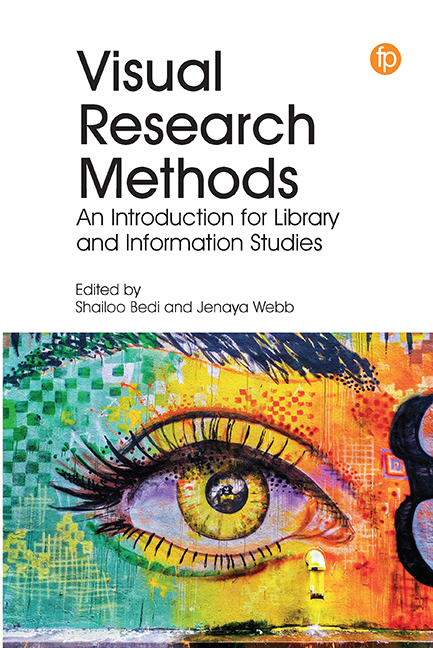8 - Navigating the Thresholds of Information Spaces: Drawing and Performance in Action
Published online by Cambridge University Press: 07 November 2020
Summary
Introduction
The sense of being truly lost in a city is becoming unfamiliar with the advent of locative media. The comedic character tropes of hopeless navigation – the lost tourist wrestling with an oversized fold-out map in the middle of a busy city or the lost motorist who has made a wrong turn but insists they know where they are going – seem to have less purchase in the contemporary imaginary of space, or at least wayfinding. Now, carrying their phone, the self-sufficient navigator can always find the way, accessing information and becoming aware of their location pre-emptively or on the spot.
But this spatial information is itself situated within a complicated environment of information access, with the mobile digital map, specifically Google Maps, becoming almost synonymous with contemporary wayfinding practices. Over 1 billion people per month use Google Maps (Edwards, 2016) and Google estimates that one in three mobile searches in Google's search engine are location related, with that number expected to grow (Kalmanowicz, 2017). Therefore, the question of wayfinding in a world of digital maps is an important topic in information studies: the relations between space and information become entangled with questions of mobility and location, as well as the politics of information ownership and control.
My research explores how wayfinding through the spaces of cities is visualized in an age of pervasive and proprietary digital mapping platforms. There are many social, political and personal factors that affect the visualization of space and these factors challenge the very idea that space can be conceived as a simple surface (Massey, 1994, 2005) – or that it can be visually or verbally rendered in a way that accounts for the complexity of how space is constructed and experienced (Harvey, 2001; Harvey, Kwan and Pavlovskaya, 2005).
This chapter presents an overview of an arts-based research project that brings together drawing and performance-based methods as a means to capture visual forms of wayfinding specifically related to getting around cities. While walking through Toronto (Canada), New York (US), London (UK) and Amsterdam (the Netherlands), I approached passers-by, asking for directions to nearby sites. I requested the helpful passer-by to draw these directions with a piece of paper and a pen I had in tow. I based my selection of these four cities on their population density and street design, and my personal histories with these spaces.
- Type
- Chapter
- Information
- Visual Research MethodsAn Introduction for Library and Information Studies, pp. 169 - 188Publisher: FacetPrint publication year: 2020
- 1
- Cited by



